Shopsmith Mark 7 For Sale – Whether it’s a handmade leather bag, a vintage watch, or a luxury car, the term “quality” brings with it an expectation — an assurance that the item in question has been crafted with care, attention to detail, and materials that can stand the test of time. What was once limited to boutique shops or high-end department stores can now be purchased from the comfort of one’s home. In fact, there’s been a resurgence of interest in artisanal, locally-made products, especially in industries like fashion, home decor, and food. The idea that everything is for sale works to perpetuate inequality, as those with the most resources can continue to amass power and wealth, while others are left to scramble for what little they can get. Upcycling is a great way to make the most out of second-hand goods, adding both value and meaning to the items that are being repurposed. Websites like eBay, Craigslist, Facebook Marketplace, and Poshmark have made it easier than ever for individuals to sell their unwanted items and for buyers to find exactly what they are looking for. This is particularly important in a world where design has become a central element in consumer decision-making. Whether it’s the affordability, the environmental impact, or the opportunity to find unique items, second-hand goods provide an alternative to traditional retail shopping that is both practical and sustainable. Whether it’s a high-end designer handbag, a gently used sofa, or a vintage record player, the price difference between a new and a second-hand item can be significant. In some cases, a business may look profitable but may be hiding significant underlying issues, such as declining sales, ineffective marketing strategies, or employee dissatisfaction. Many second-hand clothing stores and online platforms specialize in curating high-quality, gently used apparel, making it easy for consumers to find fashionable items that align with their tastes. When you buy something made from premium materials, crafted with attention to detail, and tested for reliability, you can expect it to deliver value that surpasses its initial cost. In addition to offering unique items and affordable prices, many second-hand stores also serve an important social and community function. This typically involves drafting and signing a sale agreement, which outlines the terms and conditions of the transaction. Sellers often find themselves in a strange position, balancing the emotional attachment to the item with the rational need to let it go. With just a few clicks, consumers can browse through thousands of listings for second-hand items from all over the world. Influencers sell their attention, their opinions, their lives — all of it has become a form of commerce. For the seller, the goal is to achieve the highest price possible for the business, while for the buyer, the goal is often to secure a fair price that reflects the true value of the business. These goods, once owned and used by someone else, offer a unique opportunity for both sellers and buyers to exchange items that might otherwise go unused. This can be particularly advantageous for entrepreneurs who might have experience in business operations but lack the time or resources to build a new venture from the ground up.

Shopsmith MARK 7 Woodworking Machine
Compare pricestop ratingspopular dealsexclusive deals
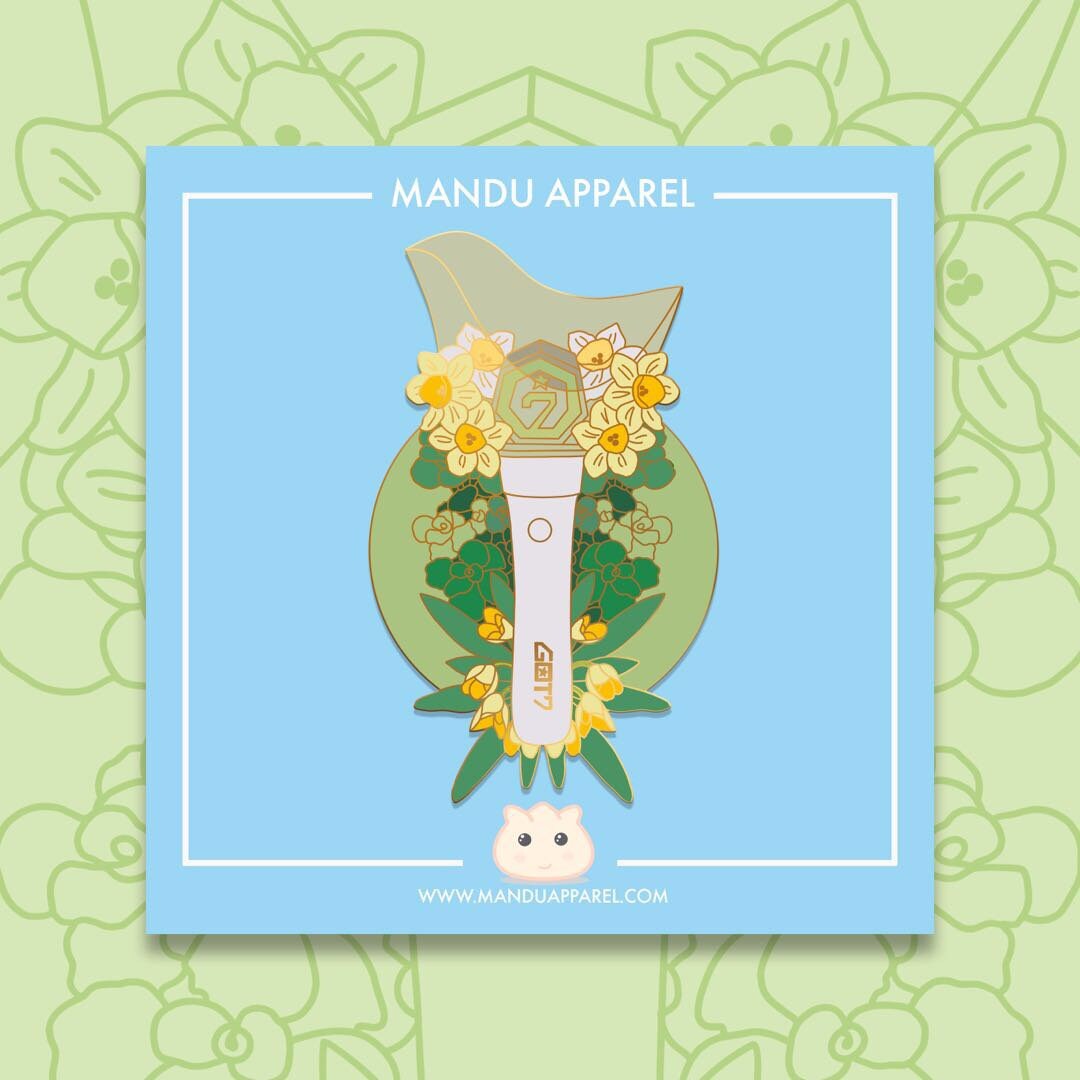
Shopsmith Mark 7 for sale compared to CraigsList Only 4 left at 65
Compare pricestop ratingspopular dealsexclusive deals
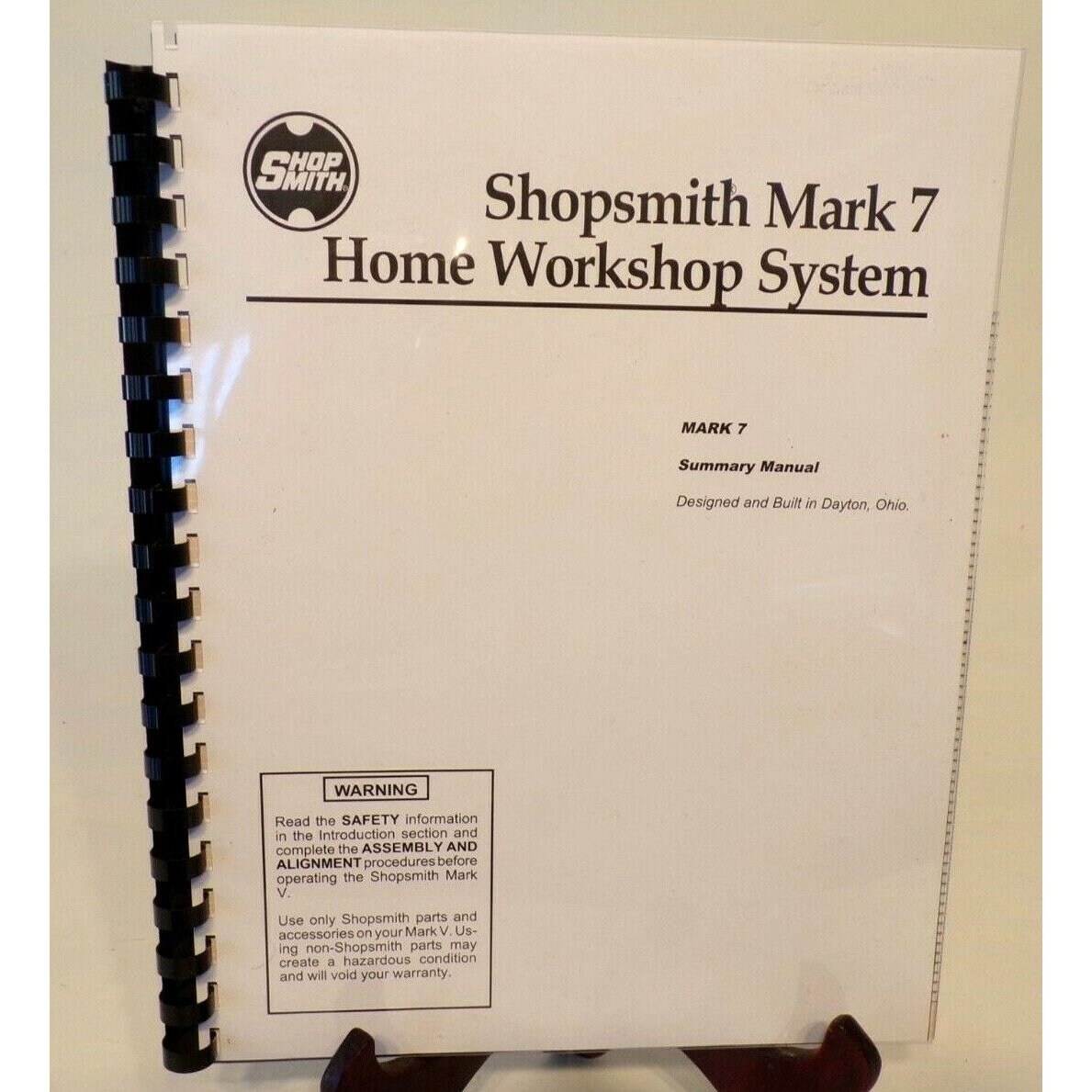
Shopsmith Mark 7 for sale 78 ads for used Shopsmith Mark 7
Compare pricestop ratingspopular dealsexclusive deals

Shopsmith Mark 7 for sale compared to CraigsList Only 4 left at 65
Compare pricestop ratingspopular dealsexclusive deals
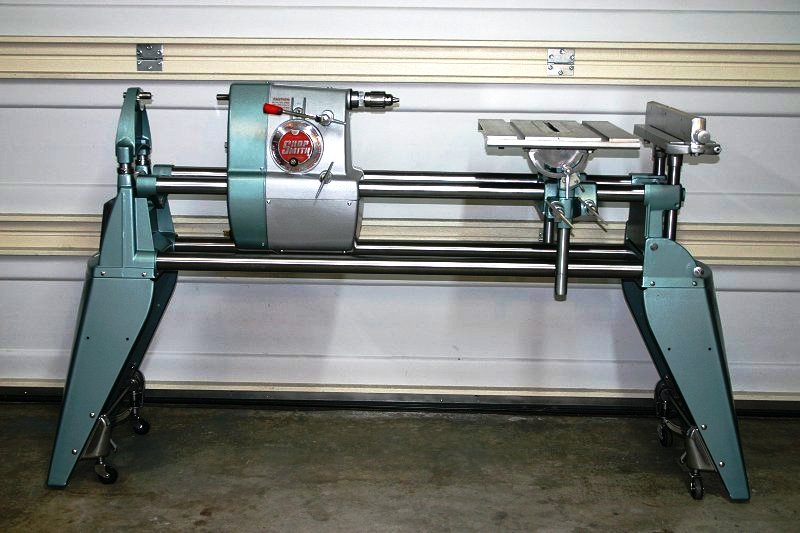
CategoryMark 5 ShopSmith Wiki FANDOM powered by Wikia
Compare pricestop ratingspopular dealsexclusive deals
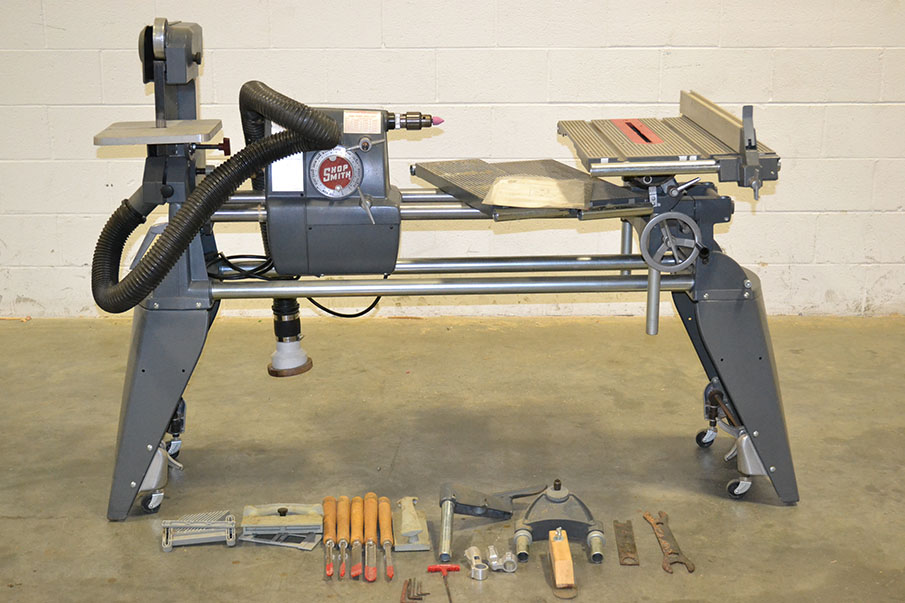
Shopsmith Mark V Multipurpose Tool The Equipment Hub
Compare pricestop ratingspopular dealsexclusive deals

Thinking of purchasing a shopsmith mark 7 similar to the one pictured
Compare pricestop ratingspopular dealsexclusive deals

Lot 274 Vintage Shopsmith Mark 7 Puget Sound Estate
Compare pricestop ratingspopular dealsexclusive deals
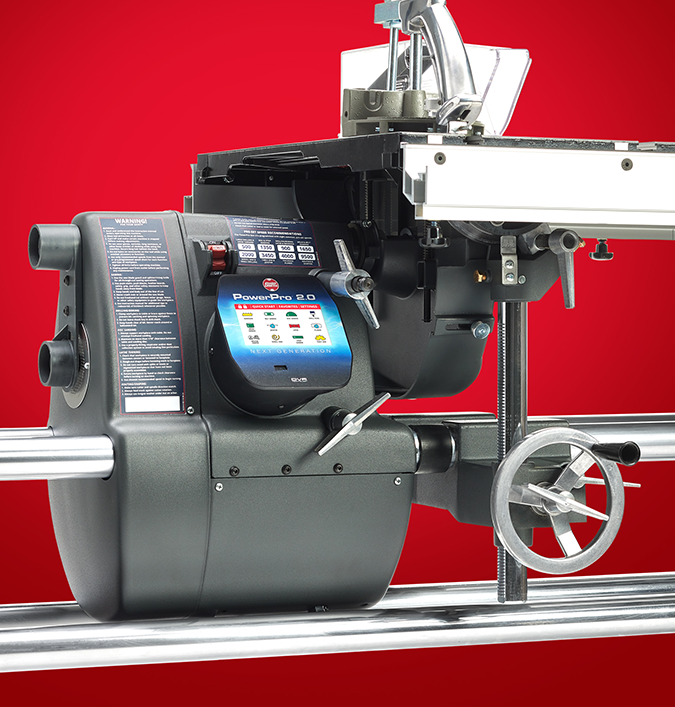
Mark 7 — Shopsmith
Compare pricestop ratingspopular dealsexclusive deals

Bolly Blog A nice Mark 7 for sale
Compare pricestop ratingspopular dealsexclusive deals
Upcycling is a great way to make the most out of second-hand goods, adding both value and meaning to the items that are being repurposed. Thrift stores and consignment shops often work with charitable organizations or local non-profits, using the proceeds from sales to support various causes. This can be particularly advantageous for entrepreneurs who might have experience in business operations but lack the time or resources to build a new venture from the ground up. While the online second-hand market has flourished, traditional thrift stores and second-hand shops continue to play an important role in the buying and selling of pre-owned goods. The marketplace for second-hand items continues to grow, driven by economic, environmental, and cultural factors. On one hand, there’s the potential for an established client base, proven systems, and a recognizably brand name. This creative process not only gives new life to old objects but also encourages people to think outside the box when it comes to the things they buy and use. Every click, every like, every follow, is part of an ongoing transaction. Most new items, particularly electronics, are designed with built-in obsolescence. A car might be sold because it no longer serves the needs of its owner, or perhaps the owner is simply ready for a change. In both cases, there’s a sense of vulnerability. This subjective nature of value is what makes the “for sale” market so dynamic. For buyers, the process typically starts with identifying a business that aligns with their interests, skills, and goals. The growing interest in second-hand goods can also be attributed to shifting cultural attitudes toward consumption. This sense of history and individuality is part of what makes second-hand shopping so appealing. For many, purchasing second-hand goods is not only a practical and affordable choice but also an environmentally conscious one. When someone talks about purchasing quality goods, they are likely thinking of items that have been designed to last, to provide a superior experience, and to offer a sense of value far beyond the initial cost. For those who are passionate about antiques, art, and memorabilia, the second-hand market offers endless possibilities for finding unique and valuable items that can be passed down through generations or added to a collection. In conclusion, second-hand goods for sale represent more than just a financial transaction; they embody a shift toward sustainability, individuality, and social responsibility. Whether you’re the seller or the buyer, the phrase “for sale” is a reminder that everything in life is in constant motion, always moving toward something new, something different, something better.
For some, the thrill of hunting for unique, one-of-a-kind items is as much a part of the experience as the purchase itself. Through online marketplaces and platforms, small businesses and independent creators can sell their goods to a global audience. Many online platforms also allow buyers and sellers to leave feedback and reviews, helping to build trust and credibility in the transaction. For those on a budget or looking to stretch their money further, second-hand markets provide an opportunity to purchase goods that would otherwise be out of reach. Some businesses are sold because the owner is ready to retire, while others might be sold due to financial difficulties or changes in the owner’s personal or professional life. For some, selling a business is a proactive decision to move on to new ventures, while for others, the sale might be the result of external factors, such as market downturns, changing consumer preferences, or regulatory shifts. The promise of success in a marketplace driven by capitalism can be an illusion for those who don’t have the resources or opportunities to compete on equal footing. Second-hand goods for sale are no longer seen as inferior or out-of-date, but rather as a conscious, stylish, and eco-friendly choice. Beyond practical reasons, the appeal of quality goods for sale also lies in the sense of pride and satisfaction that comes from owning something well-made. It doesn’t fall apart after a few uses, nor does it need to be replaced after a season. Many high-quality products come with a rich history, whether it’s the legacy of a renowned brand or the personal touch of a local maker. Whether through thrift stores, flea markets, online platforms, or garage sales, second-hand goods provide consumers with an opportunity to find items they might not otherwise be able to afford, while also contributing to a circular economy where products are reused and repurposed. Despite the many advantages of buying and selling second-hand goods, there are some challenges that both buyers and sellers must navigate. This revival can be attributed to a combination of economic factors, growing awareness of environmental issues, and a shift in consumer attitudes toward sustainability and the value of pre-owned items. Sellers often find themselves in a strange position, balancing the emotional attachment to the item with the rational need to let it go. For example, someone might be able to purchase a used smartphone or laptop with the same features and specifications as a brand-new model, but at a significantly reduced price. The sale agreement will include details about the purchase price, payment terms, assets being transferred, and any contingencies that may apply. The items placed for sale are not merely commodities; they are often vessels of memories, symbols of past achievements, or representations of something bigger than the price tag they carry. From the most trivial items in a dollar store to the most precious works of art in a museum, everything can be assigned a price. With the rise of e-commerce, the accessibility of quality goods for sale has expanded exponentially.